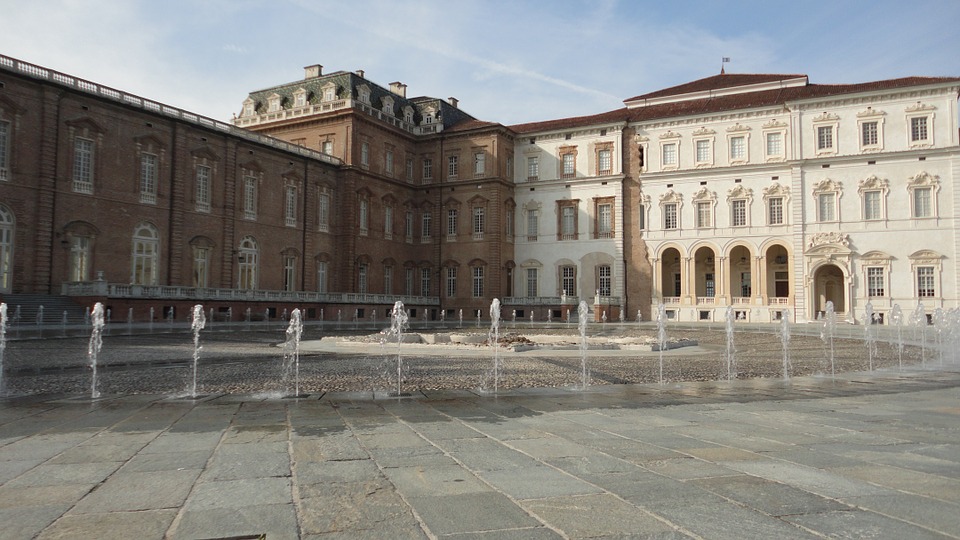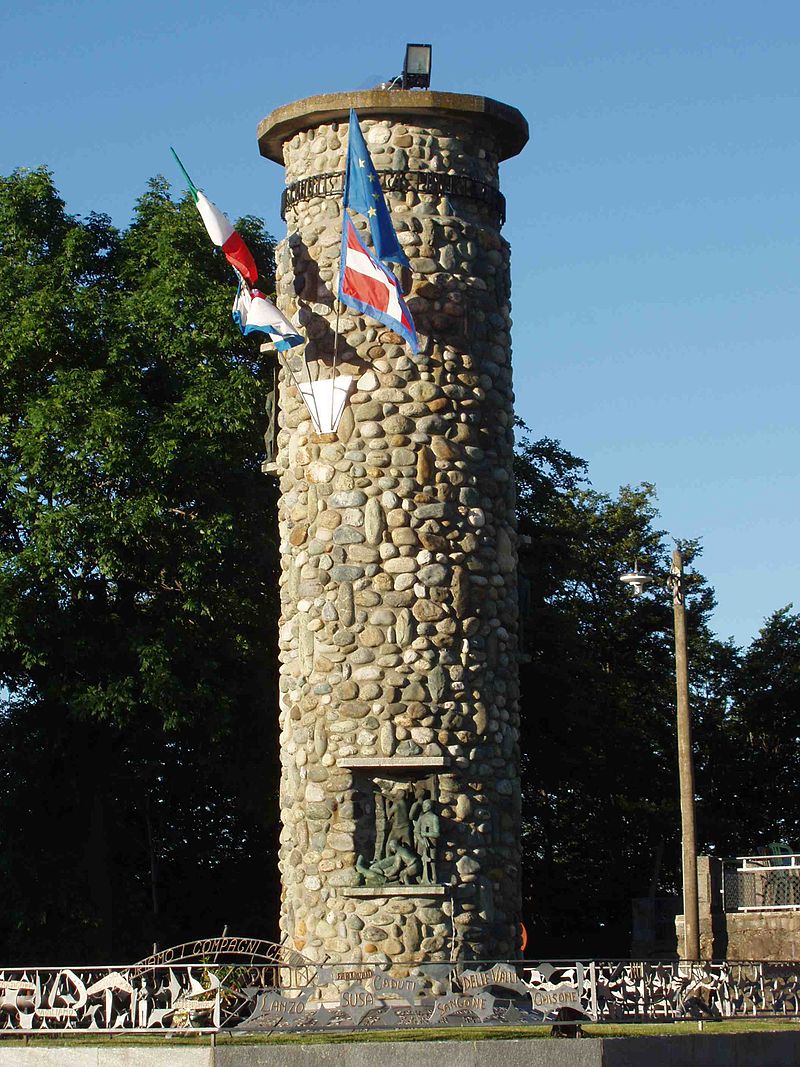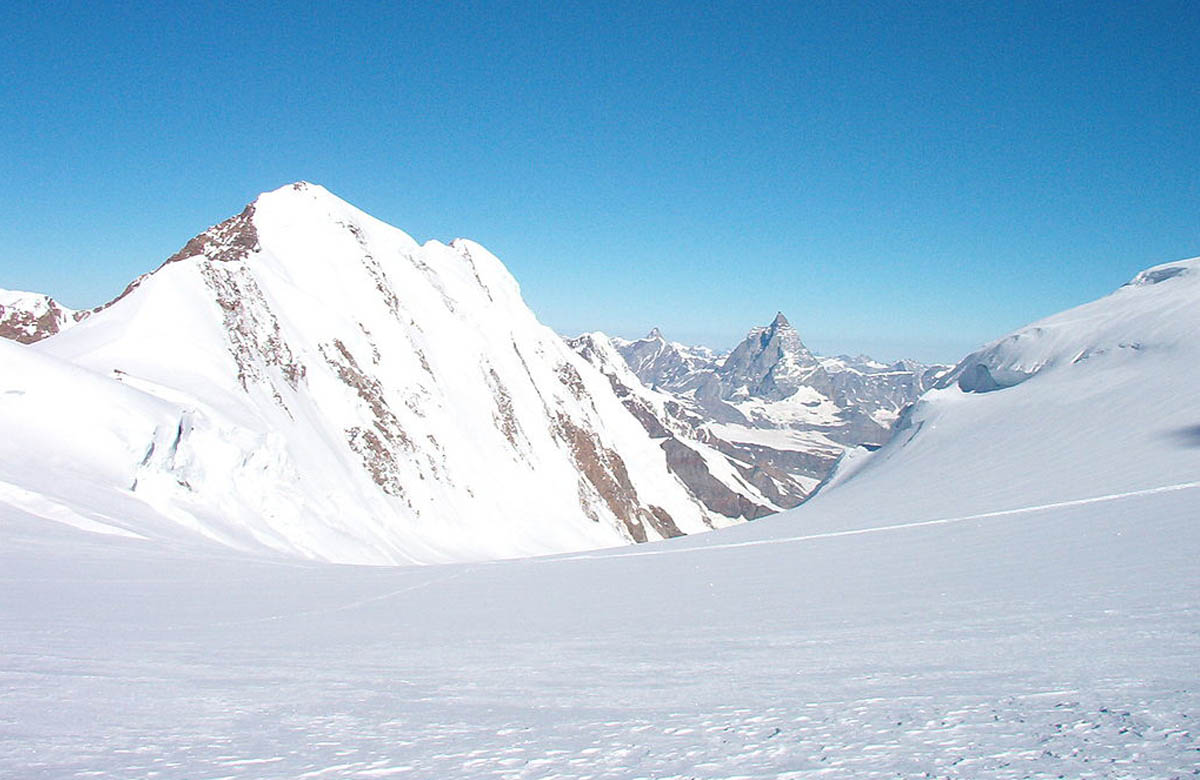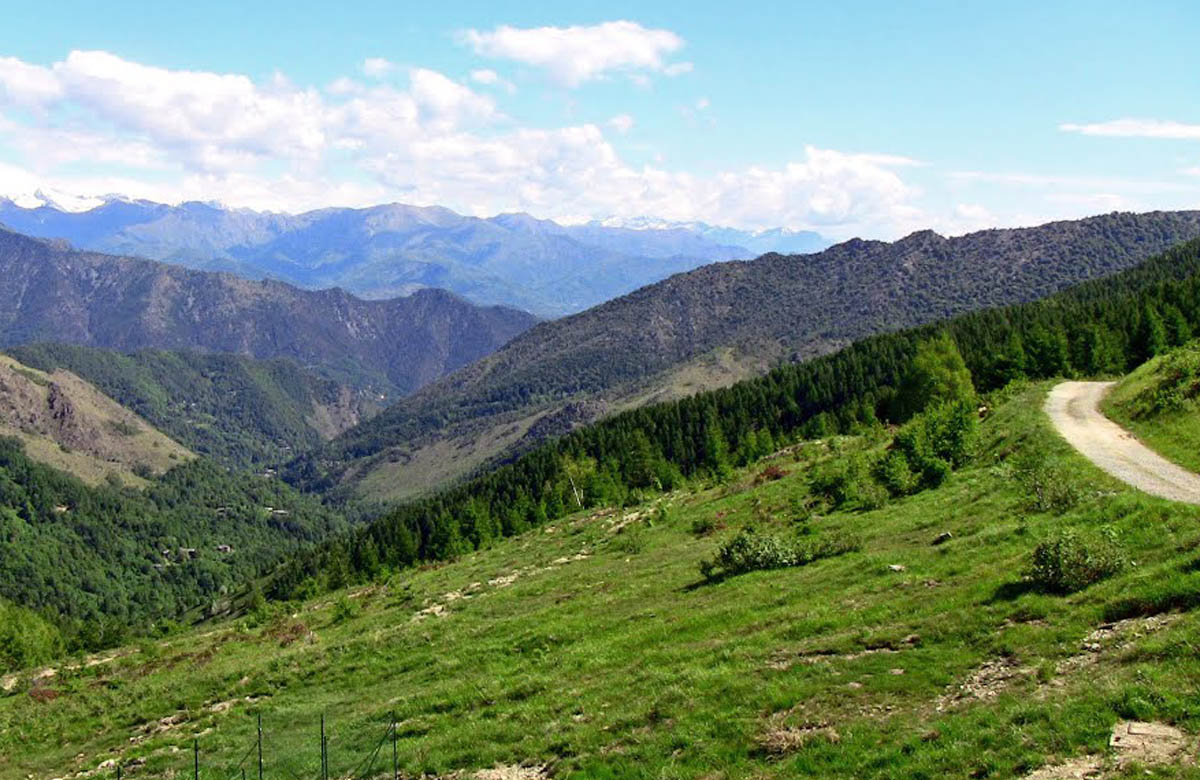COLLE DEL LYS
The Departure is from Turin. As soon as you leave the city, the first stop is Venaria located to the right of the Stura di Lanzo river. This land, once called Altessano Superiore and bordered by La Mandria and La Cassa, was obtained in the ‘600 by the Duchy of Savoy for Vittorio Emanuele II. A UNESCO World Heritage Site, the Venaria Reale was the site of hunting for the King, as the term from the Latin verb “venari” indicates, and extends to the outskirts of Turin with 80 000 square meters of monumental building of the Palace, immersed in huge gardens in Italian-French style, close to the Historic Center of Venaria and the La Mandria Park.
[show_more more=”More…” less=”Less” color=”#9b1818″]
Then there is the famous La Mandria, a destination for families, runners and bikers who love to enjoy uncontaminated nature a few miles from Turin. A giant green area. Inside various species of wild animals live freely; if you love animals you can observe the breeding of endangered Italian horses, which give you the clear idea of how important was the relationship between the nobility and this animal, symbol of knighthood. A destination in first place among those to visit in the region; not to be missed for those who want to know the beauty of the Piedmontese capital. Moreover it is one of the most luxuriant woods present in the Piedmontese rich in flora of the area. It is also of the most luxuriant woods present in the Piedmontese plain rich in flora of the area. Within the walls that protect the nature of the park there are also historic buildings as the Castello della Mandria (La mandira Castle), much appreciated by Prince Vittorio Amedeo II because here he could spend time with his Rosa Vercellana, future bride, between one hunting and the other and to which he dedicated this structure. In addition to the castle on the estate there are two hunting estates (repoisor) to be seen such as the one always built by order of the prince, “La Bizzarìa” or even the Villa dei Laghi which is also a wonderful structure located on the Lago Grande where you can admire the architectural beauty with a natural feeling.
Now out of Turin, you can feel the slope in the direction of the Valle di Lanzo (Lanzo Valley). Once you cross the bridge that passes over the river Stura you will find yourself at the gates of Lanzo.
The actual climb to the hill starts from here. Step inside Viù. From here you can admire Col San Giovanni among grasslands, rocky landscapes and woods, Rocciamelone, the Tornetti hills, and Mount Civrari. A very ancient town and valley where Roman remains can be seen. The houses of the village were built around the Parish Church of San Martino, built in 1782. The beautiful altars added in the 1900s are also worth seeing.
Also interesting to visit Casa Coatto in the hamlet Versino a small town proceeding along the path adjacent to Viù; the house with the frescoed facade was the residence of the dukes of Savoy when they went hunting in the valley. Or again, the great wooden Pinocchio in the main town square that with its 6,53 meters is a Guinness World Record. A visit that deserves is also at the Museo della Resistenza (Resistance Museum )because this is a land of partisan struggle … Every year, on the first Sunday of July, the fallen partisans are commemorated on Colle del Lys, a custom that continues to be honored also by the young people of the area.
In Viù and in the other neighboring hamlets, are also of extreme peculiarity are the different mountain villas. Villa Scioldo in Tornetti. Villa Fino in Versino. Villa Franchetti in via Luigia built according to the Swiss model, also hosted Puccini who found inspiration here to write a piece of the famous La Bohème.
From Viù to the highest point of the hill about 1300 m there are 15 km of steep climb. Last year, thanks to the passage of a Giro d’Italia stage which saw professionals taking on the climb, the road surface was redone, which over the years thanks to rain and snow had become almost impracticable so now the climb it is “easier” and also accessible to bikers with bicycles of all types. The landscapes follow one another with breathtaking views of the valley dominated by this mountain, small settlements built with a typically Valligiano taste that transmits all the taste of a past time, smells of moss, earth, trees …
Once arrived to the top, if you want to stop and take a break, the area is equipped for tourists and you can enjoy various delicacies from the valley including the Turgia salami, toma of lait brusc, stone-ground polenta cooked according to the alpine customs. You can also lie on the lawn to soak up the sun and start planning an excursion by entering the Sentiero del Partigiano (Path of the Partisan) which will make you relive the paths and roads traveled during the Resistance period.
This mountain route is always recommended in spring and summer, given the cold temperatures that can be encountered in other seasons. It’s almost over: a long, easy descent is waiting for you where you can catch our breath and enjoy a stirring panorama.
Arrived in Almese, you quickly reach Pianezza, a destination for many tourists especially in summer as a location with a particularly mild temperature in that season.
Passed Pianezza, still a few kilometers on the plain and back into the city.
[/show_more]




Feeling like kings and queens for a day chasing the tastes and habits of the Piedmontese aristocracy among unspoiled nature, royal fauna and Baroque influences.




